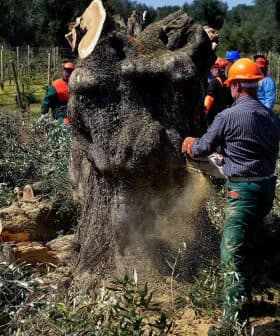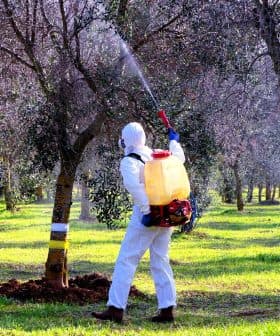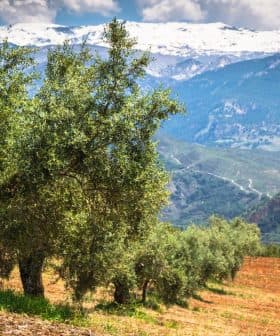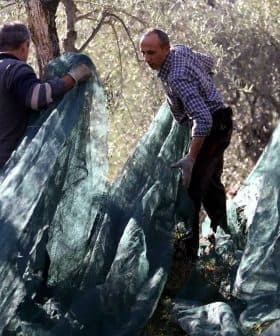Producers in Abruzzo Seek PGI Certification

Producers in Abruzzo are seeking PGI status for their extra virgin olive oil due to its long history and unique terroir, but must navigate bureaucratic hurdles to achieve this recognition. The proposed PGI could add value to the region and support local olive growers who are struggling with rising production costs, with various stakeholders expressing optimism and determination for the initiative’s success.
Citing a production tradition that dates back more than 2,000 years and its unique terroir, producers in the central Italian region of Abruzzo have asked to have their extra virgin olive oil recognized with a Protected Geographical Indication (PGI) by the European Union.
Now, a series of bureaucratic and operative hurdles must be cleared for the PGI proposal to enter the list of E.U.-certified food specialties.
The PGI olive oil could be the cornerstone of a system that adds value to the region.
To this end, the Italian Agricultural Confederation’s Abruzzo (CIA Abruzzo) branch has launched the Abruzzo PGI promotion committee. Its goal is to compile the documentation, which will then be sent to the Ministry of Agricultural, Food and Forestry Policy.
“The PGI olive oil could be the cornerstone of a system that adds value to the region,” said Nicola Sichetti, president of CIA Abruzzo.
See Also:European Union Expands Monte de Etna PDO Territory in SicilyHe added that Abruzzo is Italy’s fifth-largest olive oil-producing region, with annual yields of about 27,500 tons. About 60,000 farmers, agricultural businesses, and 530 millers are involved in olive oil production.
Some of Abruzzo’s olive groves are centuries old, and the tradition of olive growing dates back to the fifth century BCE. Under Roman rule, olive cultivation flourished and is cited by prominent authors, including Virgil and Ovid. In addition, olive oil production and trade were a source of wealth for many in Rome.
After a period of stagnation during the Middle Ages, olive growing in Abruzzo underwent a period of restoration at the beginning of the 19th century after several farmland reforms, which also paved the way for the cultivation of vines.
During this time, olive oil became a staple of local households and was widely used during religious ceremonies.
While the new PGI proposal is meant to identify and protect traditional extra virgin olive oil production in the region, there are already three with Protected Designation of Origin (PDO) status. Overall, there are 49 PDO olive oils in Italy.
“The whole production chain can benefit from the innovation and the valorization of this product,” Sichetti said. “We already have those three PDOs, but they are not enough to support Abruzzo extra virgin olive oil, a product we hope to make recognizable at regional, national and European levels.”
He added that the proposed PGI would add needed value to local olive growers, who have seen production costs rise faster than prices. “Many risk not even being able to cover the production costs,” he added.
According to Emanuele Imprudente, the agricultural secretary of the Abruzzo regional government, the initiative is an excellent first step.
“We need it to be able to sell and promote a PGI olive oil which will be a source of pride for the whole region,” he added. “Specific public support aimed at the millers will also accompany the PGI proposal.”
Luigi Di Giandomenico, president of Innovaolio, a local production chain project, said everyone in the region needs to work together for the PGI initiative to succeed.
“We are going through challenging times,” he concluded. “We have the duty to react together and be united in this proposition.”









